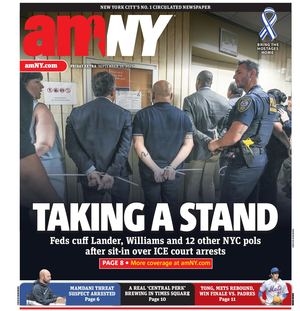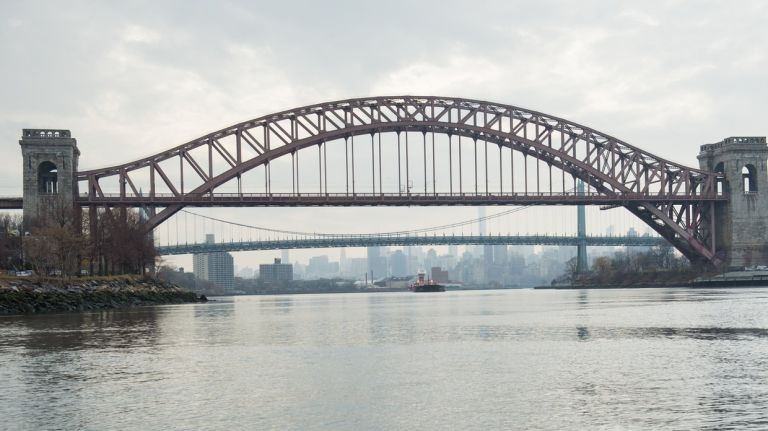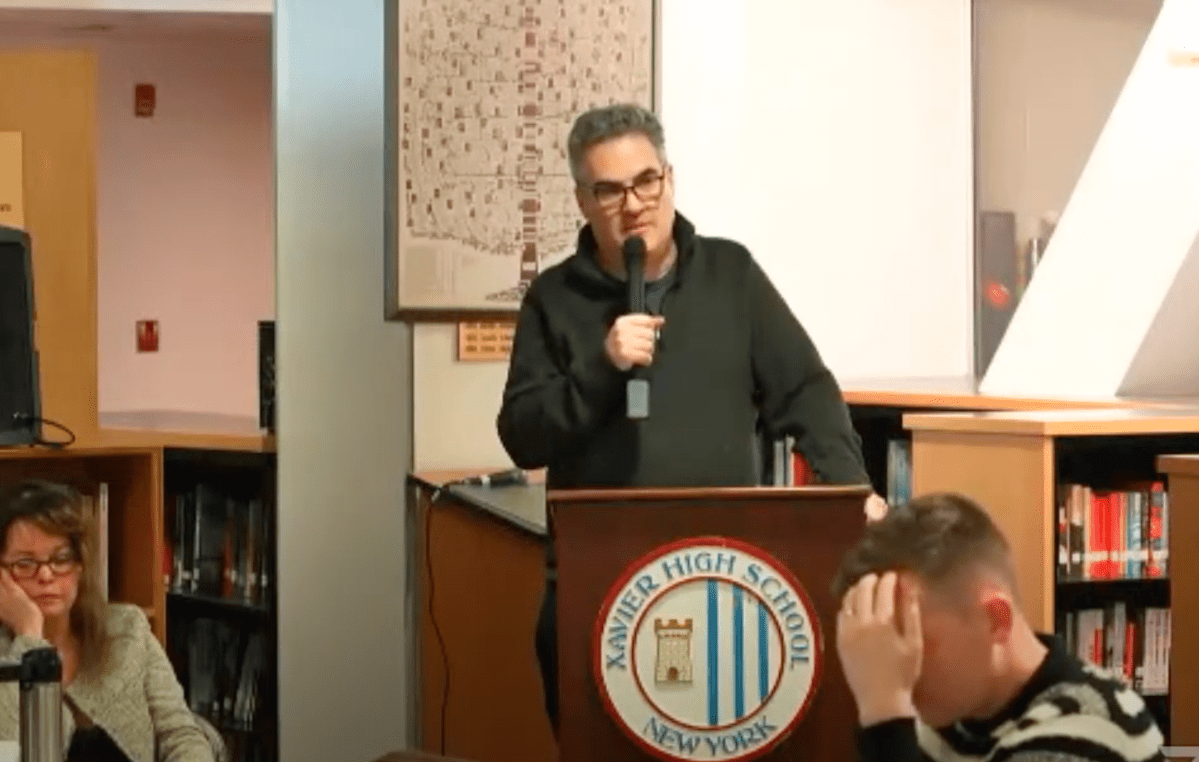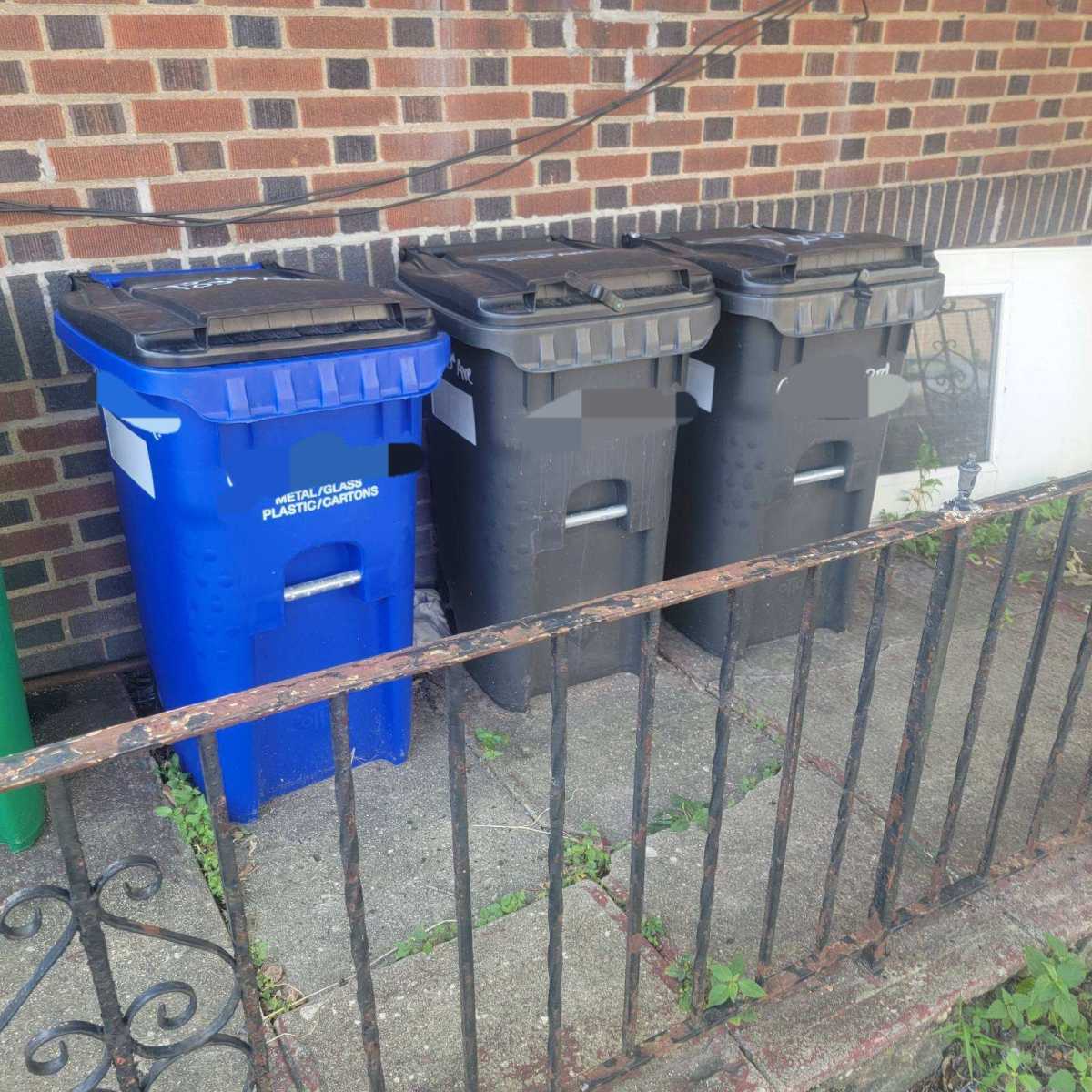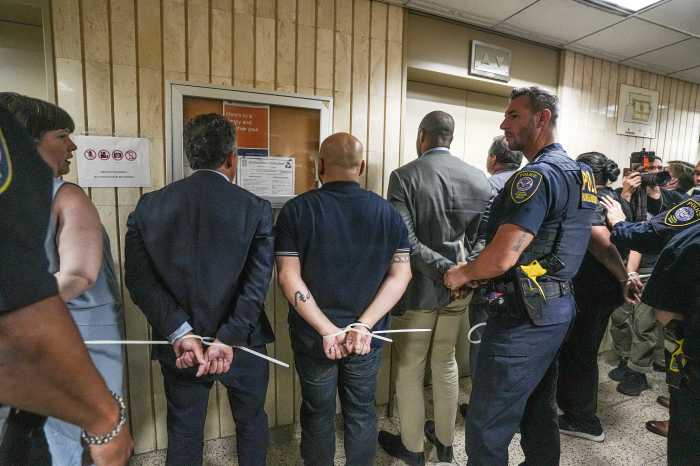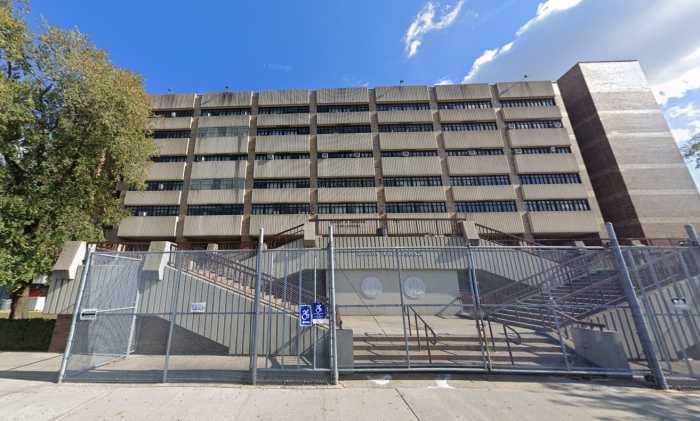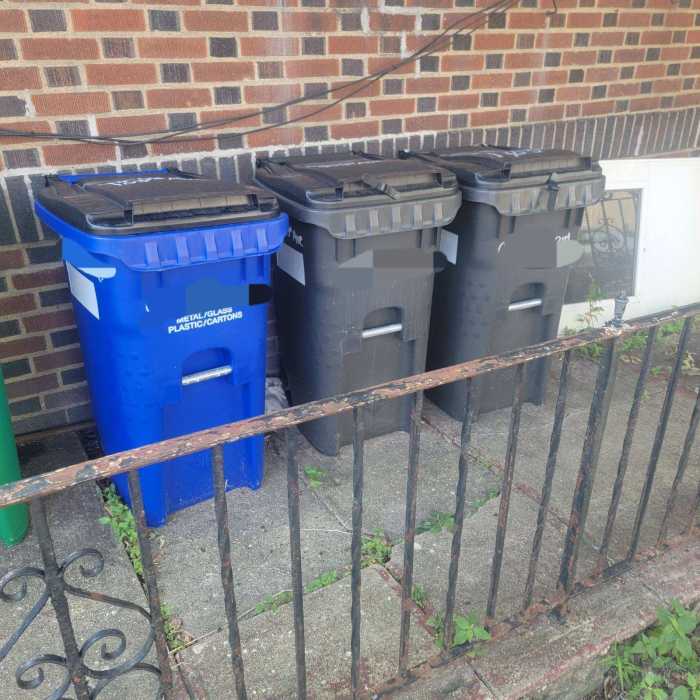
Sal Coppola went for his daily walk through Astoria Park on Monday right after a storm had passed, offering him that clear look at Hell Gate Bridge, and its hulking beauty, which he’s admired all his life.
“It’s magnificent,” said Coppola, 71, who was born and raised in Astoria and remembers friends illegally scaling the bridge in his youth. “It’s really a marvel of engineering.”
Located over the East River’s turbulent tidal strait bearing its name, the Hell Gate can be seen from three boroughs. But it is an icon of Astoria. Residents read, jog and bike under its massive approach, which soars over the neighborhood’s two-story townhouses. Local schoolchildren come to paint its image for art class.
“The entire Hell Gate complex goes through parks, industrial areas. This is the only place where the bridge actually goes through a neighborhood,” said Bob Singleton, the executive director of the Greater Astoria Historical Society. “You’re hard pressed to find any family in Astoria that does not have a portrait with the Hell Gate in the background.”
The Hell Gate, a railroad bridge that serves as a key connection between Boston and Washington, part of the Northeast rail corridor, turned 100 years old this year. April 1 will mark a century since the first passenger trains crossed its span.
The historical society celebrated the centennial on Monday at its headquarters. There was a sparkling apple cider toast and a chocolate cake.
Without pedestrian or vehicular access, Singleton said the Hell Gate’s handsome features — its stone towers and steel spandrel arch, which inspired the Sydney Harbor Bridge in Australia — are sometimes overlooked by New Yorkers. But the Hell Gate marked an important moment for civil engineering, according to Singleton.
“People talk about the Brooklyn Bridge, the Manhattan Bridge or the Verrazano Bridge, but the Hell Gate was a school for 20th-century bridge making,” he said.
The Hell Gate was designed by civil engineer Gustav Lindenthal, the Austro-Hungarian immigrant who played a role in building the Manhattan, Queensboro and Williamsburg bridges. It helped launch the engineering career of Othmar Ammann, who Lindenthal mentored and who worked on the Hell Gate.
Amman went on to build seven New York spans, including the iconic Verrazano, George Washington and Triborough bridges. None, experts said, are as sturdy or as imposing as the Hell Gate.
“It’s the most massive bridge. If you look at it from the ground level, you don’t realize how big it is,” said Dave Frieder, a bridge photographer who is working on a coffee table book featuring New York City’s spans. He’s legally climbed and photographed every major bridge in the city, save for the Kosciuszko and Alexander Hamilton bridges.
About 40 Amtrak trains, as well as several more freight trains, cross the Hell Gate each day, far below the bridge’s capacity. Fortified by giant rivets with heads almost two inches in diameter, roughly the size of a Spalding handball, experts say the Hell Gate could see its bicentennial, too.
“A bridge like that is heavily built and so robust, it will continue to serve trains for probably the next several hundred years,” said Jim Richter, Amtrak’s deputy chief engineer, who has a large photo of the span hanging over his desk in his Philadelphia office. “Most railroad bridges are very utilitarian … they may not look pretty. But the Hell Gate was designed and built to really become a masterpiece, a monument.”
“With a regular coat of paint that bridge can last as long as the pyramids,” Singleton added.
